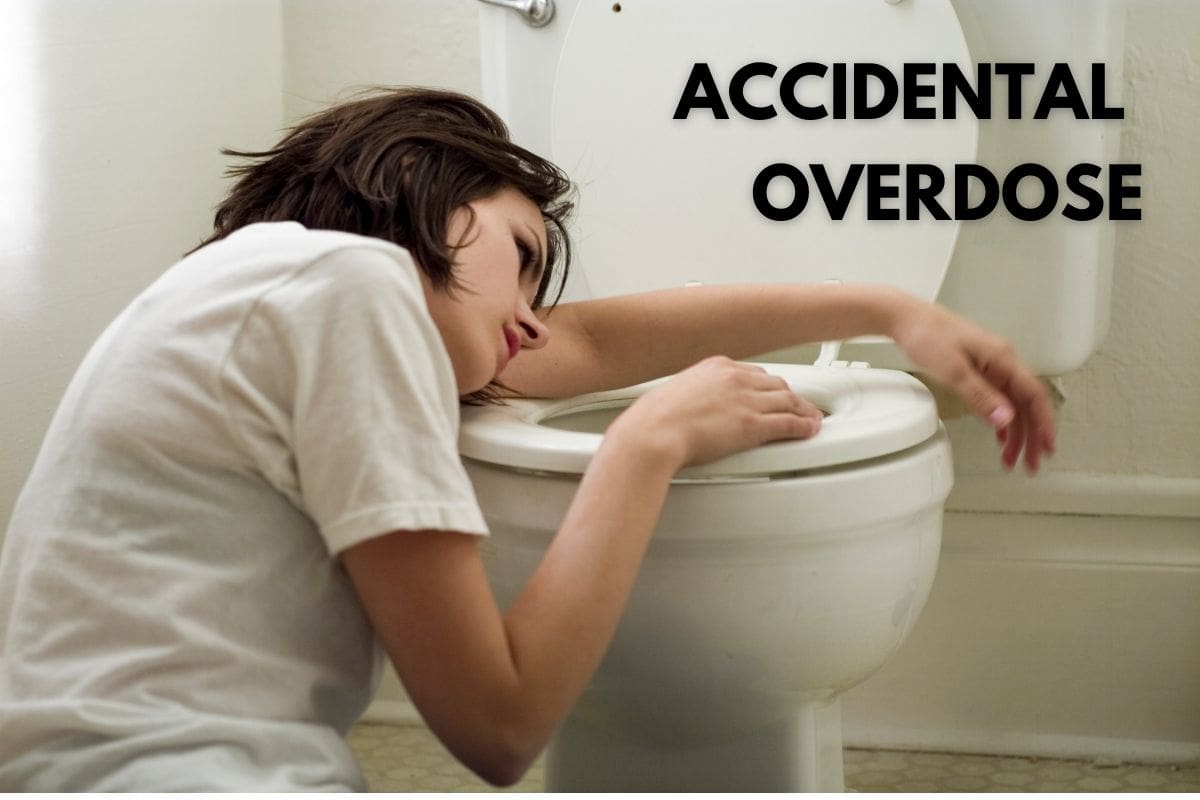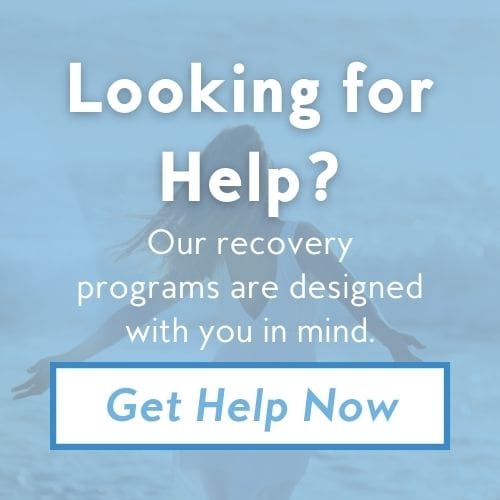August is Overdose Awareness Month, a somber topic that, sadly, has become a year-round issue of concern. As one of the country’s leading causes of premature death, America’s drug epidemic and sky-rocketing rates of overdoses have continued to make headline after headline. However, the situation is even more dire for those 50 years old and younger.
How Prevalent Are Drug Overdose Deaths?
According to the latest data from the Centers for Disease Control and Prevention, individuals of the 50-and-under age group are more likely to die from an overdose than any other cause including heart disease and cancer, the leading two causes of death among the overall population. These drug-related deaths are classified as “Unintentional Injury” which also encompasses fatalities caused by motor vehicle accidents, drowning, and falling.
The most recent numbers provide the true—and terrifying—scale of this issue: Nationally in 2019, there were 173,040 unintentional injury deaths. Of these, about one-third occurred amongst those 50 years old or younger (about 63,000). Drug overdoses specifically, accounted for half of that total number. The precise breakdown is as follows:
- 36,064 deaths from poisoning (includes drug use)
- 18,799 deaths from motor vehicle accidents
- 1,892 deaths from drowning
- 1,096 deaths from falls
- 5,131 all other types of unintentional deaths
Take into account how many more drivers there are than drug users and the numbers become even more distressing. Data from the same year (2019) showed that there were 230 million licensed drivers in the U.S. compared to only 196 million total drug users (including alcohol drinkers). Despite this, deaths directly attributed to drug consumption are more than twice that of vehicle-related fatalities. The numbers paint an alarming but irrefutable picture of the national scale of substance abuse.
Accidental Overdose vs. Intentional Overdose
As the CDC’s classification implies, drug overdoses and poisonings are almost always unintended consequences of substance abuse. Even if the drug use itself was intentional (recreational use of an illicit drug or taking prescription medication), the vast majority of these lethal incidences are accidental. Hence, there are two main classifications of overdoses.
Accidental Overdose
An accidental overdose is exactly what it sounds like: You took more of a substance than you intended to. There are a number of ways a person might unknowingly cause a toxic chemical build-up in the body:
- Failing to realize how potent a batch of drugs or medication is
- Mistaking one substance for another (many illicit drugs are passed off as something else or are laced with other dangerous substances)
- Mixing multiple substances and causing a harmful interaction (i.e. medication and alcohol)
Any drug can cause an overdose, but there’s one drug class, in particular, that is driving these numbers: opioids. Heroin, fentanyl, and worse still, carfentanil. These powerful drugs are widely available and inexpensive. Even the licit forms of opioids (opioid analgesics) play a hand in the epidemics.
Intentional Overdose
Incidental overdoses are much rarer occurrences. These instances are a type of self-harm and more often than not, a suicide attempt. Trying to distinguish whether an overdose was intentional or not can be difficult from an autopsy alone, one study found a trend in which drugs were most often used for these self-harm attempts. Drug overdoses typically involved prescription drugs, opioid pain killers, benzodiazepines, and antidepressants. The implications are significant because the latter two are medications that would be used by someone with some level of mental illness which already significantly increases the risk of suicidal behavior.
Whatever the reason behind a drug overdose, the underlying message is clear: Drug use of any kind can quickly turn lethal. If you so much as suspect that someone may be abusing their prescription drugs or dabbling with recreational drugs, the best course of action is to intercept before their use gets out of hand. Not sure what those signs are? Check out our in-depth article on Drug Overdose Signs and what to look out for.

































